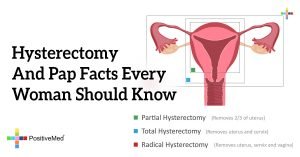
A recent study conducted by researchers at Harvard University sheds light on concerning disparities in the utilization of antiviral medications for COVID-19 treatment in nursing homes during the pandemic. The study analyzed data from the U.S. Centers for Disease Control and Prevention National Healthcare Safety Network for the period of May 2021 to December 2022, providing valuable insights into the administration of life-saving medications in these facilities.
Low Utilization of Antiviral Medications
The study revealed that a mere 18% of COVID-19 cases in nursing homes received antiviral treatment, even after easier-to-administer and widely available oral treatments were authorized. Shockingly, only 1 in 4 nursing home residents had access to these essential medications, despite meeting the clinical guidelines for antiviral consideration.
Contributing Factors to Disparities
By the end of last year, a staggering 40% of nursing homes reported never using any antiviral treatments. Strikingly, the research found that for-profit and lower-quality facilities, along with those housing higher shares of Medicaid and non-white residents, were less likely to administer antiviral medications. These disparities in medication usage likely contributed to variations in COVID hospitalizations and deaths among nursing home residents.
Implications for Vulnerable Populations
The study’s findings underscore the impact of these disparities on vulnerable populations within nursing homes. Residents of facilities with limited access to antiviral treatments may have experienced increased health risks, hospitalizations, and potentially preventable deaths, revealing the urgent need for targeted interventions.
Addressing Discrepancies
Efforts to address these discrepancies are vital to ensure equitable access to life-saving treatments for all nursing home residents during public health crises such as the COVID-19 pandemic. Healthcare authorities and policymakers must prioritize interventions to improve medication utilization in nursing homes, particularly in facilities serving disadvantaged populations.
The publication of this study in the Journal of the American Medical Association serves as a wake-up call to the healthcare community, urging the need for comprehensive strategies to bridge the gap in antiviral medication usage among nursing home residents. By identifying and addressing the factors contributing to these disparities, we can work towards achieving better healthcare outcomes for vulnerable populations during future public health emergencies.





